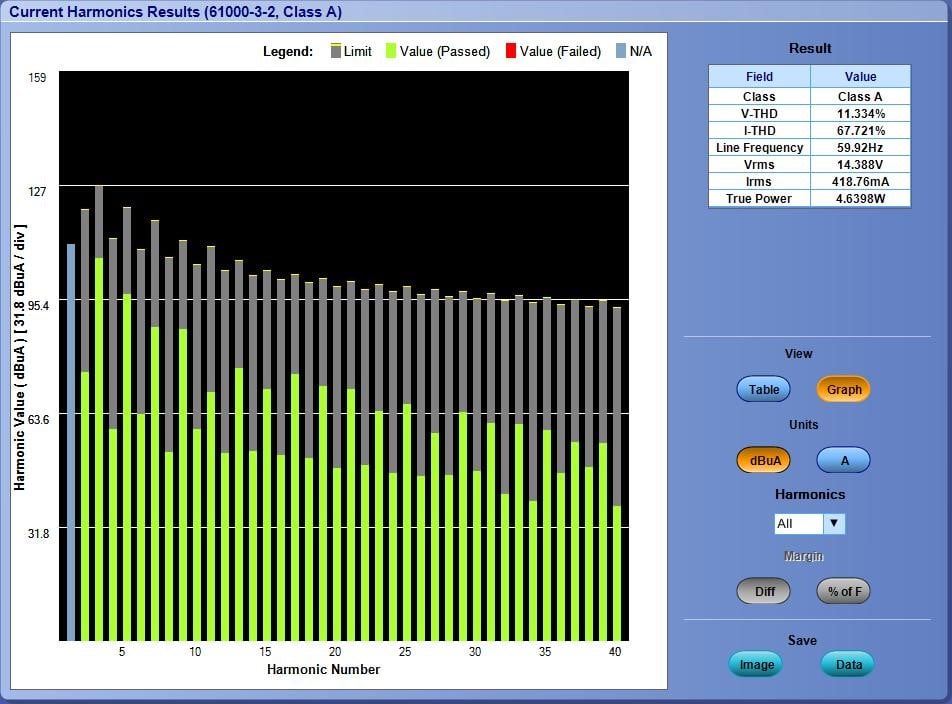

The continued demand for more bandwidth, driven in large measure by online video and mobile computing, is having a profound effect on datacenters and by extension test and measurement. The only way to keep up with the demand and break through bandwidth bottlenecks is with faster data rates, which has led to the latest round of high-speed 4th generation serial standards and 400G network links.
But reliably pushing that many bits through uncooperative backplanes – which are often still based on the same low-cost materials we were using for Gen 1 speeds – is no easy task. In the early days of serial standards, receiver testing was not even a requirement because at low speeds a designer could count on a successful transmitter test to ensure bits were getting through backplanes and cables unscathed. As speeds increased and receiver technology advanced, the standards started requiring stressed receiver testing using a bit error rate tester or BERT. The basic process is shown in graphic below.

With still faster Gen 4 standards like PCIe 4.0, USB 3.1 and SAS4 as well as some Gen 3 standards, it became apparent basic receiver testing was no longer enough. A big reason has to do with those inconsistent and unreliable channels between transmitter and receiver. To improve performance and reliability, transmitters and receivers must now communicate or handshake to optimize channel performance and accommodate channel inconsistency before a link can be established. This process is known as link equalization training, or simply link training.
Link training has important ramifications for receiver testing: to ensure proper test configuration, the BERTs used for receiver testing must also participate in the handshaking negotiation. This requires that the BERT understand the protocol and can modify the test conditions based on the requirements of the device under test. Of course, there are other challenges with Gen 4 standards as illustrated in the graphic below including test automation, test accuracy and repeatability, and debug.

Tektronix has long been a leader in supplying engineers developing serial data products with receiver test solutions based on the BERTScope family of bit error rate testers. Keeping with the tradition, I’m excited to announce the introduction of a new receiver test solution that fully meets the challenges posed by Gen 4 standards.
Our new BSX Series BERTScope is the industry’s first 32 Gb/s protocol-aware receiver test solution and will help shorten the time needed to debug link training and bit error rate issues. By comparison, the fastest competitive BERT’s handshaking ability tops out at 16 Gb/s – well below what’s needed for the fastest standards – and lacks key debug capabilities.
Here’s a summary of what the protocol-aware BSX series brings to the table for link training analysis and debug and I think you will be impressed:
· Bit or protocol oriented pattern sequencing
· Handshaking for USB 3.0/3.1 and PCIe Gen3/Gen4 loopback initiation
· Compliant link equalization training for PCIe Gen3 and Gen4
· In-band link equalization training support up to 32 Gb/s
· Support for user-defined handshaking test cases
The last point is particularly relevant for those of you responsible for debugging faults that occur during link training and represents a unique capability only available on the BSX Series. In other BERTs, the handshake messages are pre-packed based on the standards and can’t be modified. The BSX Series, on the other hand, lets you build your own stimulus and response scenarios, allowing a much deeper and more flexible look into what’s going on when a link fails to train.
Another unique capability – and one that is likely to save you considerable time – is error location analysis. Conceptually simple but very powerful, the way this works is the BSX Series BERTScope maintains a log of when and where errors are occurring instead of simply providing a BER number. You can look at a histogram of errors and determine if errors are correlated to specific bit sequences and whether the errors are systematic or occurring at regular intervals. One example of the latter is a switching power supply that causes a noise spike at its switching frequency. Since most errors are deterministic in nature, a spike like this would leave a fingerprint in the error patterns that would be readily apparent. The BSX Series includes several other tools for debugging signal integrity issues including eye diagram views, jitter maps and forward error correction (FEC) emulation.
In talking to current BERTScope customers, we know you will also appreciate the simplified test set up and reduced cabling requirements of the BSX Series as shown in the graphic below. We’ve built-in Tx equalization, reference clock multiplication, and interference generation, the BSX Series requires fewer cables and is easier to set up and calibrate than previous offerings.

Available with maximum data rates of 12.5Gb/s, 24Gb/s and 32Gb/s, the BSX Series BERTScope will be available in Q2 of 2017. Pricing starts at $199,000 US MSRP.


